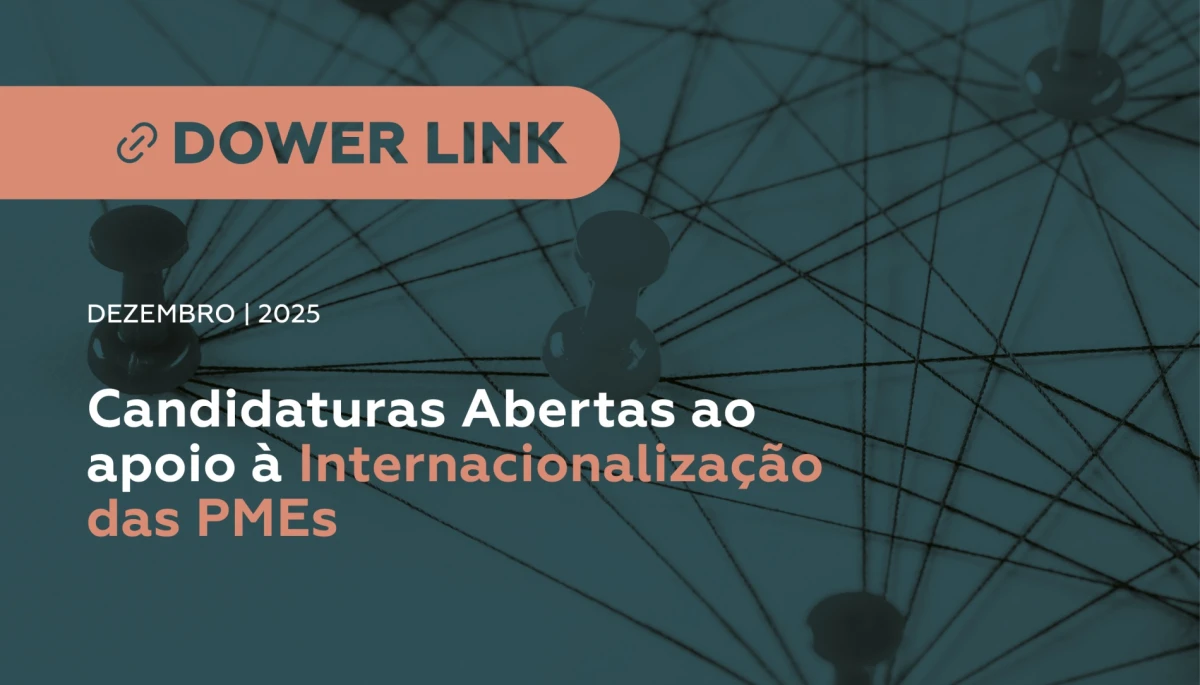
The publicity of simplified direct awards – the persistent tendency to try to control at the end what should be controlled at the source

The Public Administration operates under the observance of procedures, insofar as there are rules established to ensure the pursuit of the public interest. In the case of contracts aimed at the purchase of goods and services, and in the case of public works contracts, these rules are set out not only in the Public Contracts Code but also in numerous other legal statutes that define the procedural path necessary to comply with the principles governing the Administration’s actions in the broad sense, particularly the principle of legality.
For present purposes, it is important to explain that low-value purchases made by these entities can be faster and simpler, as they are not subject—being legally exempt—to the formal requirements applicable to higher-value public purchases. This is the case with simplified direct awards.
It should be noted that Article 128(3) of the Public Contracts Code (hereinafter “PCC”) provides for a simplified direct award procedure, which, due to its low value, allows the contracting authority to opt for a less demanding process, exempting it from any other formalities set forth in the said legal statute, including those related to contract formation, the publicity requirements under Article 465, the appointment of a contract manager under Article 290-A, and the e-invoicing regime.
However, the publication of Regulation No. 1000/2025 of 18 August introduced a major change to the regime applicable to simplified direct awards by establishing that (i) in the case of simplified direct awards carried out under Article 128 of the Public Contracts Code (PCC), the resulting contracts must be registered on the BASE Portal for statistical data collection; and (ii) in the case of simplified direct awards made under Law No. 30/2021, the resulting contracts must be registered and published as a condition for their validity.
This regulatory innovation—apparently inspired by a rationale of rationalizing and systematizing information concerning simplified direct awards—nonetheless raises issues that will undoubtedly have a significant practical impact on the daily operations of public services, as well as on the people who make them the primary means of meeting citizens’ needs.
We are well aware that the Public Administration counts on competent professionals, but their number is clearly lower than what would be necessary to effectively fulfill the public interest underlying their activity.
The regulatory requirement that, from 1 October onwards, contracting authorities must register all contracts arising from simplified direct awards made under Article 128 of the PCC on the BASE Portal—and worse still, must publish, under penalty of contract invalidity, the simplified direct awards resulting from the use of special public procurement measures—reinforces the ongoing (and misguided) trend of seeking to control outcomes rather than origins.
The true aim of this regime is, admittedly, to control the simplified direct awards initiated by public entities, as their large number reflects a lack of planning in public procurement.
This lack of planning is driven by the constant urgency to acquire goods or services, or to undertake new constructions, given the absence of sustained growth planning and sound management of public expenditure—often due to the circumstantial constraints faced by contracting authorities.
The obligations introduced by Regulation No. 1000/2025 of 18 August therefore represent an attempt to tackle the greatest challenge in Public Procurement through reactive measures, when the real focus should be on equipping public services with mindsets and mechanisms that act preventively and promote proper procurement planning.
Such an approach will not effectively advance the application of Public Contract Law, as the fact that oversight bodies will, from 1 October onwards, have more tools (and perhaps more reasons) to impose even greater accountability on decision-making bodies does not fulfill the long-standing goal—traced back to the creation of the PCC—of instilling in those same decision-makers the mechanisms conducive to the optimal public procurement scenario: proper planning through the aggregation of needs that justify pre-contractual procedures.
As the saying goes: we’ll see how it goes. But this is not the right path.



